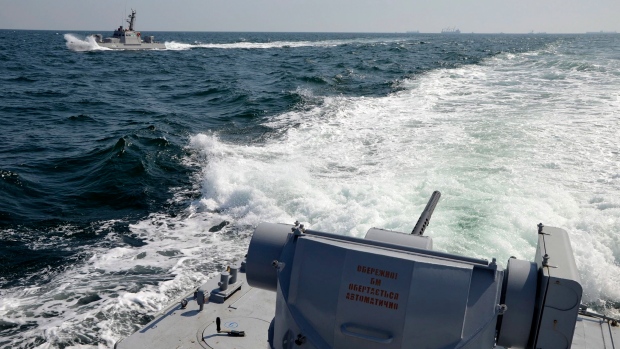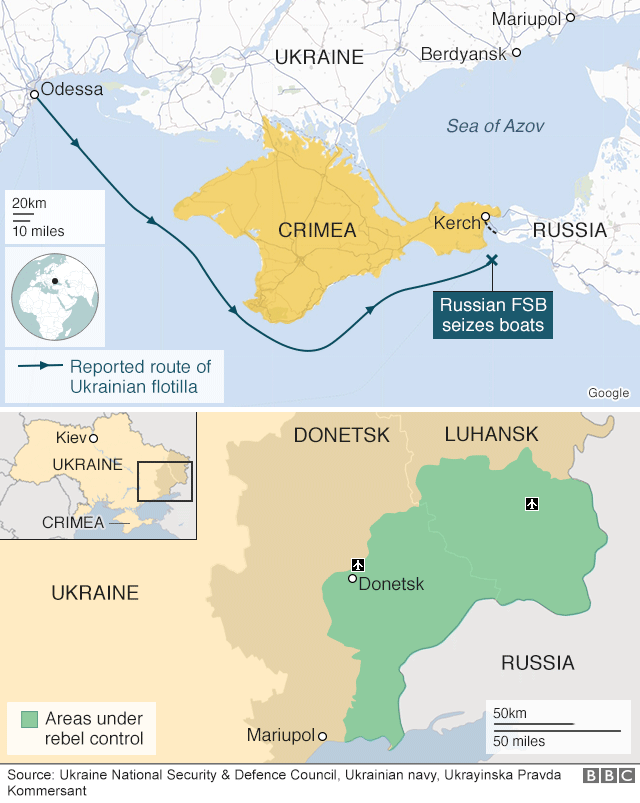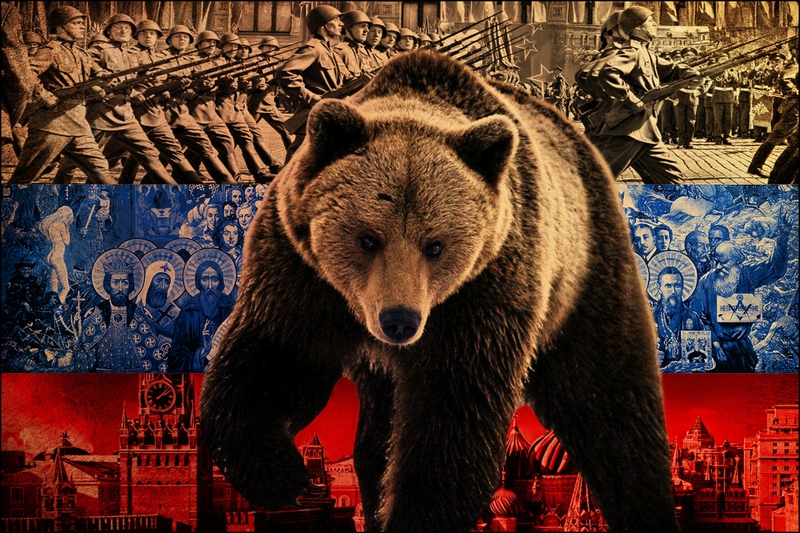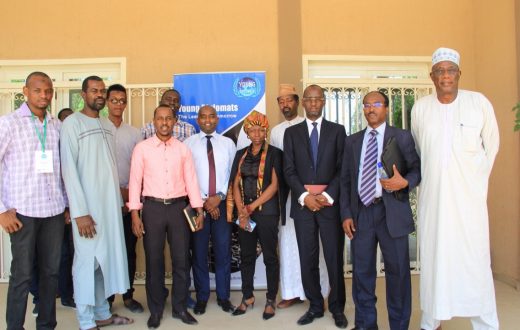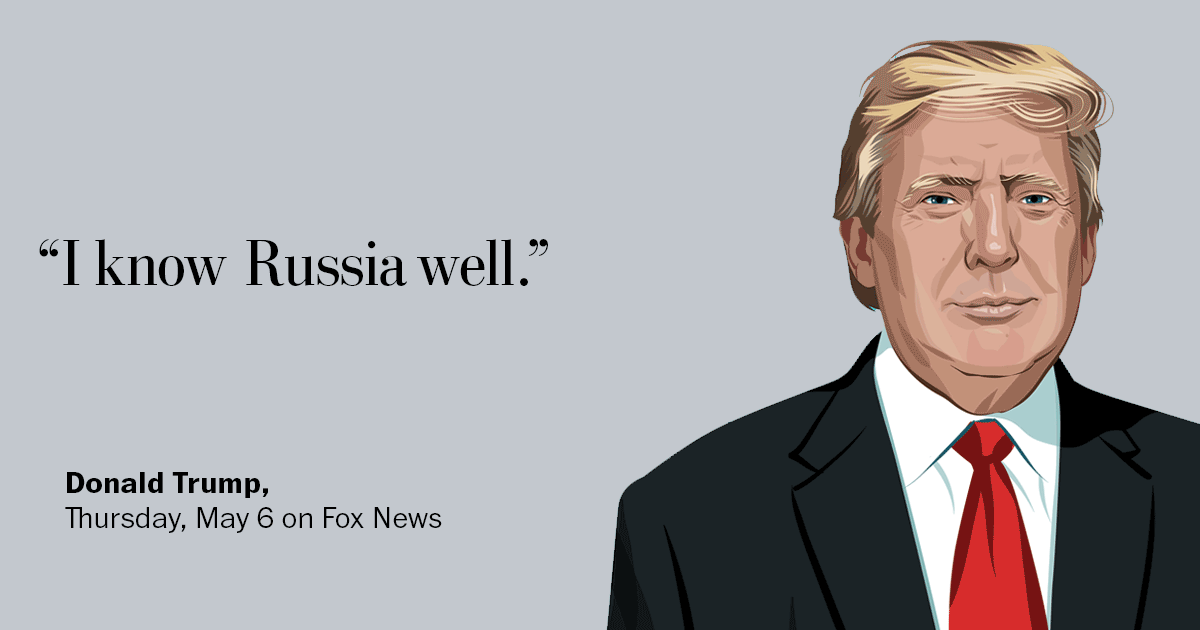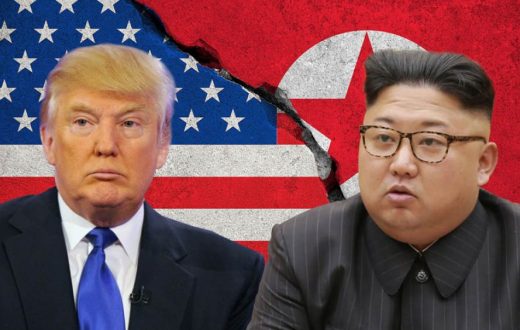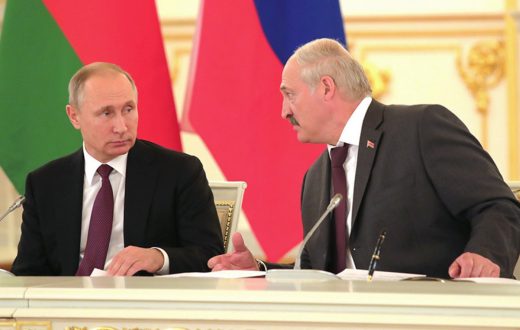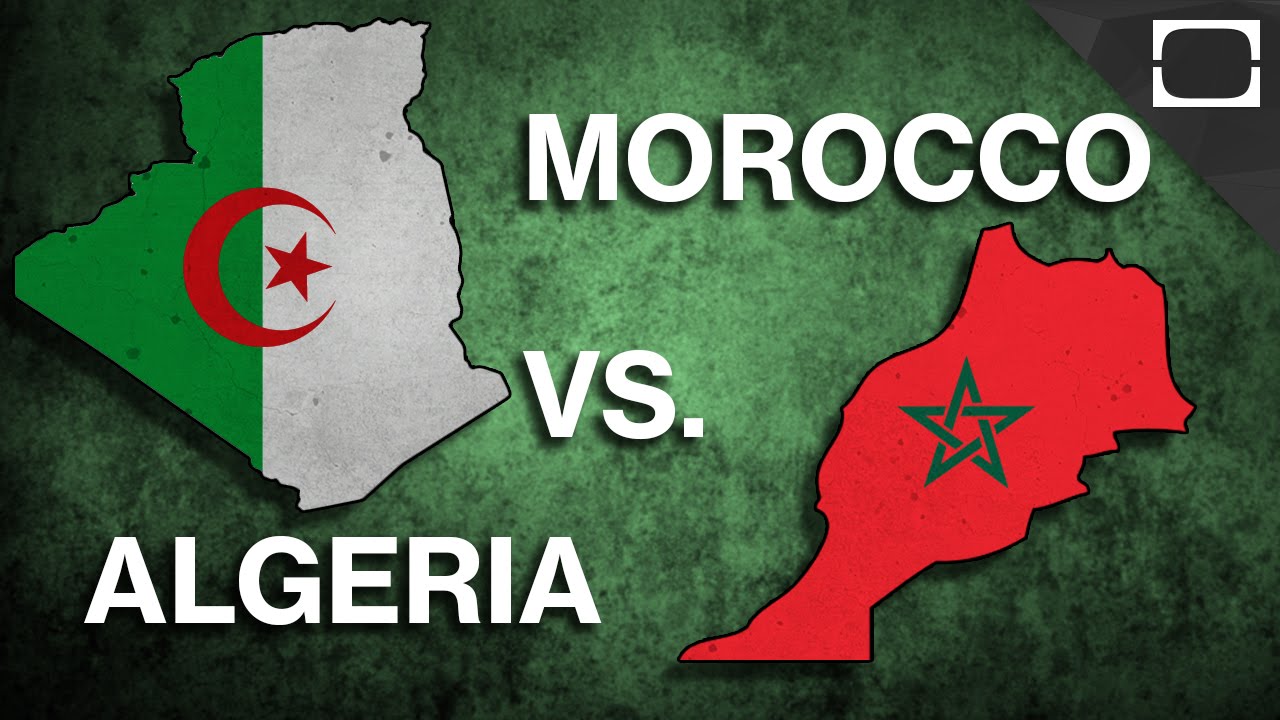Ukraine’s parliament has backed a presidential plan to impose martial law in part of the country after Russia captured three of its naval vessels and 23 crew members on Sunday.
President Petro Poroshenko said the 30-day order would affect border regions vulnerable to potential Russian attack.
Authorities can ban protests and strikes, and citizens could be called up for military duty.
Russia’s President Putin expressed “serious concern” at the decision.
Russian coastguard ships opened fire on Sunday as three Ukrainian boats sailed off the coast of Crimea, annexed by Russian in 2014. Several Ukrainian sailors were wounded in what Ukraine described as an “act of aggression” by Russia.
Moscow said the ships had illegally entered its waters. Russian TV broadcast statements from some of the captured Ukrainian navy men on Tuesday. One commander was quoted as saying he realised his actions “were provocative” and Russian TV claimed the Ukrainian operation had been carried out by the SBU security service.
The naval clash is the first time Russia and Ukraine have come into open conflict in recent years, although Russian-backed separatists and Russian “volunteers” have been fighting Ukrainian forces in eastern Ukraine since 2014.
A number of Western countries condemned Russia’s actions and President Poroshenko warned the threat of a Russian land invasion was “extremely serious”.
In New York, the United Nations Security Council met to discuss the crisis – but failed to agree a Russian-proposed agenda amid sharp disagreements between Moscow and the West.
US Secretary of State Mike Pompeo said in a statement that the seizure of Ukrainian ships was a “dangerous escalation and a violation of international law”. President Donald Trump said: “We do not like what’s happening, either way we don’t like what’s happening and hopefully they’ll get straight.”
Taking a call from German Chancellor Angela Merkel, President Vladimir Putin argued that the Ukrainians had “deliberately ignored the rules of peaceful passage in the territorial sea of the Russian Federation”, the Kremlin said.
What happened on Sunday?
This is the chronology of the dramatic events that led to the naval clash:
- In the morning, Ukraine said it had sent two gunboats and a tug from the Black Sea port of Odessa to Mariupol in the Sea of Azov
- Ukraine’s navy then said Russian boats had tried to intercept its vessels, ramming the tug
- Russia accused Ukraine of illegally entering its territorial waters
- Russia scrambled fighter jets and helicopters as the Ukrainian vessels approached a bridge over the Kerch Strait – the only access to the Sea of Azov
- The bridge itself was blocked by a tanker
- In the evening, Ukraine said its vessels had been fired on and seized by the Russians. Six Ukrainian crew members were injured
- Russia confirmed it had used weapons to force the Ukrainian vessels to stop, saying three Ukrainians were injured
Russia said the Ukrainian ships were in its waters illegally because Moscow had temporarily closed an area of water for shipping.
Kiev called Russia’s actions a flagrant violation of international law, because the Black Sea is free for shipping, and Crimea belongs to Ukraine.
Ukraine also cited a 2003 Russia-Ukraine treaty on unimpeded access to the Kerch Strait and Sea of Azov.
It said it had informed the Russians in advance of its plan to move its ships to Mariupol – a claim denied by Russia.
In recent weeks, two Ukrainian vessels passed through the Kerch Straight without incident.
Russia said the Ukrainian ships were in its waters illegally because Moscow had temporarily closed an area of water for shipping.
Kiev called Russia’s actions a flagrant violation of international law, because the Black Sea is free for shipping, and Crimea belongs to Ukraine.
Ukraine also cited a 2003 Russia-Ukraine treaty on unimpeded access to the Kerch Strait and Sea of Azov.
It said it had informed the Russians in advance of its plan to move its ships to Mariupol – a claim denied by Russia.
In recent weeks, two Ukrainian vessels passed through the Kerch Straight without incident.
What will martial law mean?
After heated debate in Ukraine’s parliament, 276 lawmakers backed a decision to impose martial law on 10 of Ukraine’s 27 regions:
- Five regions border Russian territory
- Two regions border Moldova’s breakaway Trans-Dniester region, where Russian troops are stationed
- Three regions on the Black Sea/Sea of Azov coast
Thirty lawmakers voted against the move.
Martial law will enter into force at 09:00 local time (07:00 GMT) on Wednesday and will end on 27 December.
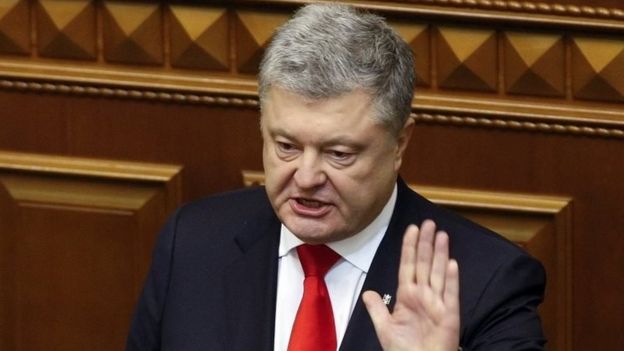 Image copyrightEPA
Image copyrightEPAMonday’s vote in parliament came after an emotional address by President Poroshenko, who promised not to restrict basic freedoms. Some MPs expressed fears Mr Poroshenko could suspend a presidential poll on 31 March 2019 – a claim he firmly denied.
But he stressed he needed firm power in case of a full-scale Russian invasion.
Ukraine’s national security and defence council had initially recommended a 60-day martial law.
But Mr Poroshenko said he amended the proposal because he did not want martial law to affect the presidential elections.
Still, critics expressed fears that Mr Poroshenko – whose ratings have plummeted in recent months – could suspend the elections to stay in power.
Why is this happening now?
There have been growing tensions between the two sides over navigation in the area.
Russia has recently begun inspecting all vessels sailing to or from Ukrainian ports in the Sea of Azov.
This began after Ukraine detained a fishing vessel from Crimea in March. Moscow also says the checks are necessary for security reasons.
Ukraine has accused Russia of trying to occupy the Sea of Azov and damage Ukraine’s economy by hindering access to its ports.
Why are relations so bad between Russia and Ukraine?
Ukraine gained independence after the collapse of the Soviet Union in 1991.
However, Russia considers a Western-leaning Ukraine a threat to its interests.
In 2014, Ukraine’s pro-Russian leader was overthrown, after large-scale protests against the government’s decision to abandon plans to sign an association agreement with the EU.
Russia then annexed Crimea, while Russia-backed separatists moved against the Ukrainian state in the east.
More than 10,000 people have been killed in the conflict in the east.
This article has been written by the BBC you can find it here https://www.bbc.com/news/world-europe-46352367.

